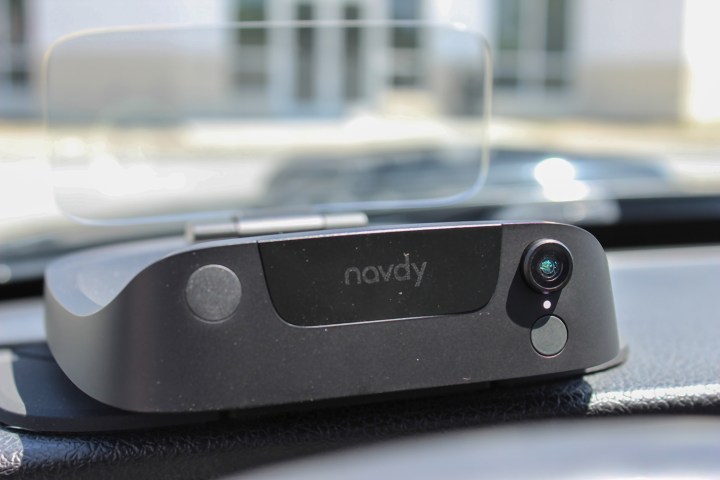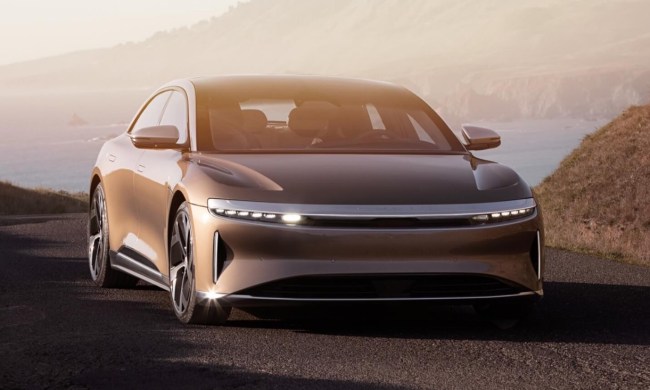
Perhaps more important that the company’s issues is the fact that existing customers may soon find that their units will stop working. That’s bad news for customers that spent $500 on a device that is essentially now a paperweight.
“What this means for you as a Navdy customer is that sometime within the next couple of weeks, your Navdy unit may stop functioning properly. Features like turn-by-turn navigation and voice recognition could fail and it is possible that this may cause the device to fail completely,” the company said in its email.
According to Navdy, there is some hope — though things are looking pretty grim. The company says that it’s still looking to find a buyer for Navdy’s assets, but that regardless Navdy units will likely still stop functioning within the next few weeks.
Originally, we found Navdy to be a pretty successful product. In our review, we scored Navdy’s HUD an 8 out of 10, arguing that the device minimized distracted driving, offered great hands-free calling features, and modernized older cars without the need for highly expensive third-party components. It wasn’t perfect — steering wheel buttons did tend to get in the way — but an updated version of the device would definitely have been welcome.
Interestingly enough, at the end of the email customers are directed to a website if they have a claim against Navdy. While we’re not aware of any lawsuits against the company just yet, the news certainly could be a recipe for disaster for a company that’s already in the middle of failing.
Navdy wasn’t the only company building head-up displays, but it was perhaps the best. Companies like Garmin and Exploride built their own devices to bring navigation and notifications to the driver’s eye line and the devices range in price from under $50 to $500 and more. If you were thinking of buying one, you can check out our guide on them here.
We’ll update this article as we hear more about Navdy’s situation.



